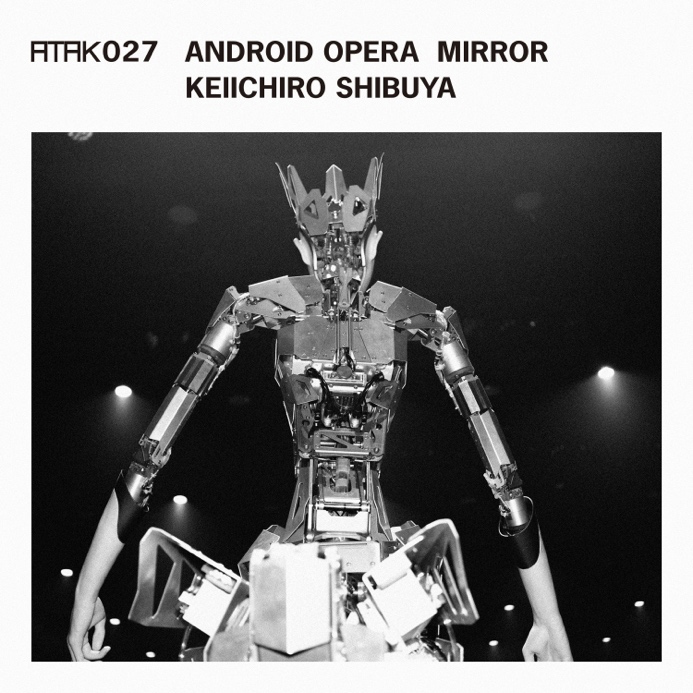Android Opera is an innovative operatic work in which an android performs as the singer, merging orchestra, piano, electronic sound, visual imagery, and Shōmyō—a form of Buddhist chant with a 1,200-year history. It is a work in which all boundaries—between human and technology, East and West, tradition and innovation, life and death—interpenetrate and dissolve, proposing a new model of harmony while dismantling existing frameworks.
MIRROR has previously been presented at the Dubai Expo, the Théâtre du Châtelet in Paris, and in Tokyo. In this newly developed version, “Deconstruction and Rebirth,” the work further dismantles its own structure to radically re-examine the very boundary between life and death, offering a renewed vision of hope and possibility in the relationship between human beings and technology.
On stage, Android Maria, modeled after Shibuya’s late wife, appears for the first time and performs as the singer. The production brings together a 62-member special orchestra led by concertmaster Tatsuki Narita, four monks from Mount Kōya led by Eizen Fujiwara performing Shōmyō, electronic sound, and real-time AI dialogue—distinct elements that merge into an organic whole. As a special guest, Grammy Award–winning bassist Charlotte Kemp Muhl also appears, collaborating with Shibuya, Android Maria, and the monks in a striking cross-disciplinary performance.
LATEST NEWS
12.01
2025
Keiichiro Shibuya to Moderate Symposium on December 13 Exploring Next-Generation Artists and Art Management. A Public Cross-Disciplinary, Cross-Generational Discussion Featuring Takashi Ikegami, Shintaro Imai, Yoichi Umetsu, Hanna Saito, Rintaro Fuse.
11.19
2025
A special feature on Keiichiro Shibuya is set to air on NHK WORLD JAPAN on Wednesday, November 19.
11.07
2025
Keiichiro Shibuya’s “Android Opera” staged at Suntory Hall ends with a tearful standing ovation / Encore performance announced for next May at Osaka’s Festival Hall.
PRESS
NHK WORLD JAPAN2025 11










